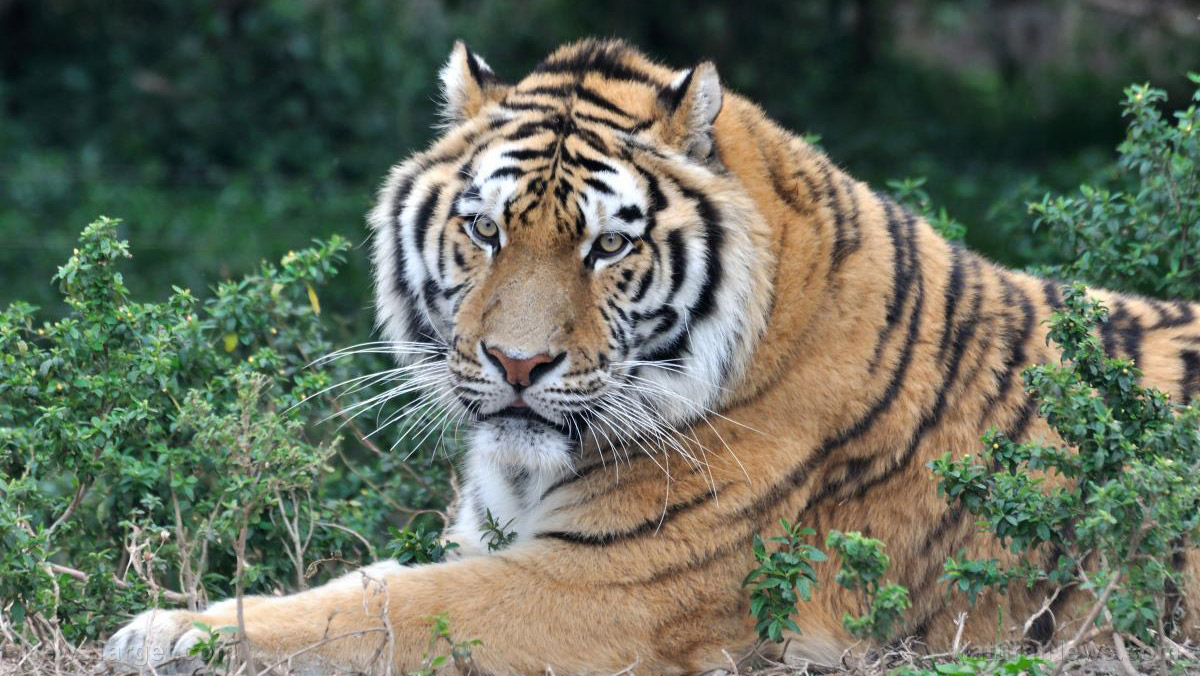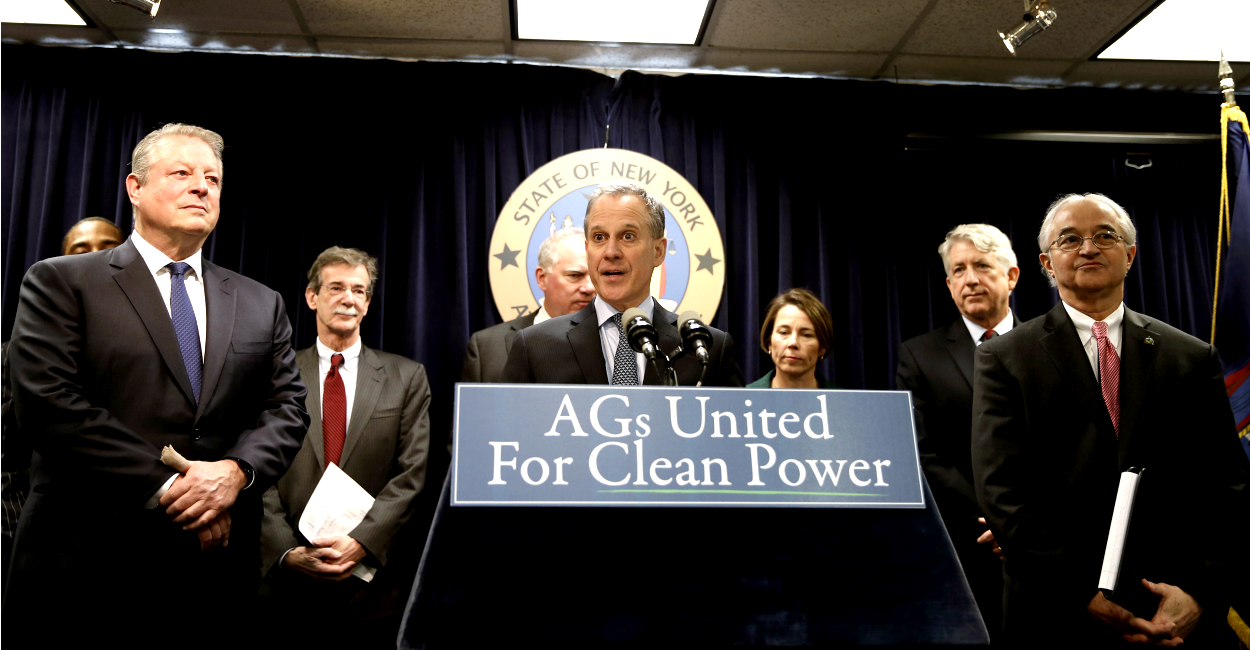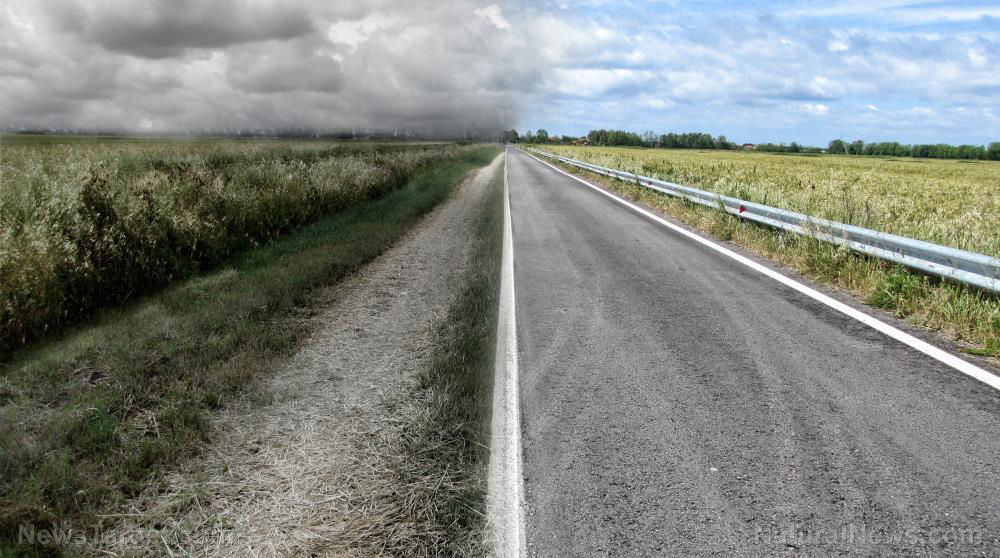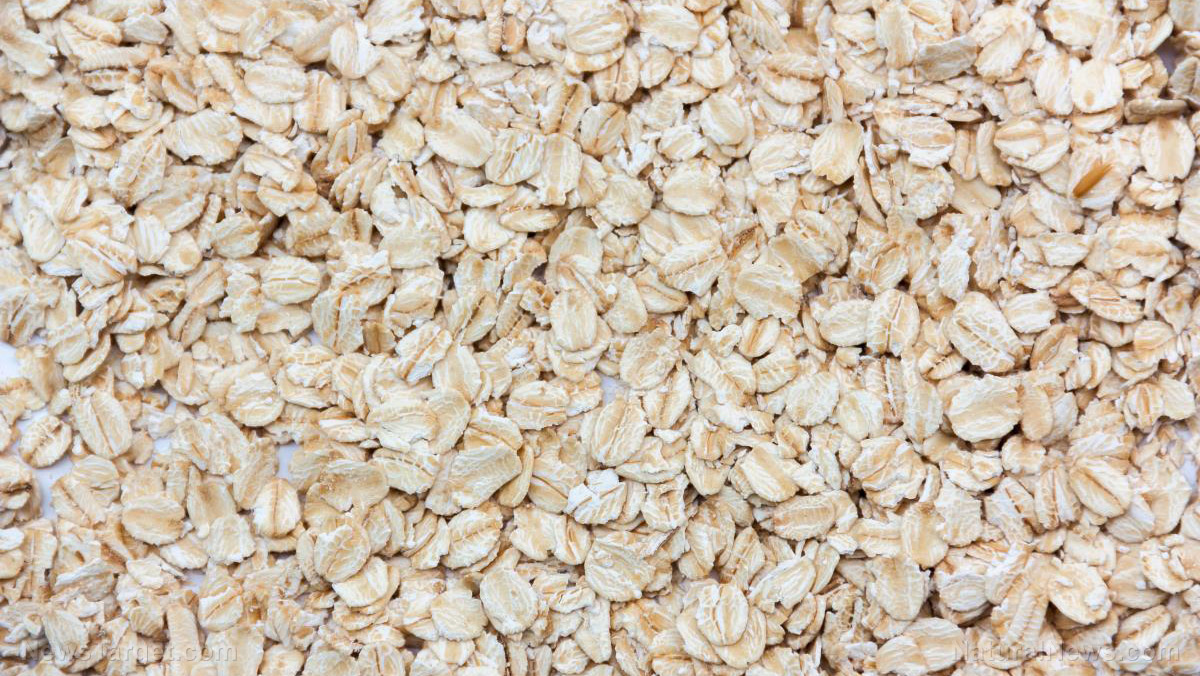Brazil’s palm oil industry brings pollution to indigenous communities in the Amazon
08/05/2021 / By Divina Ramirez
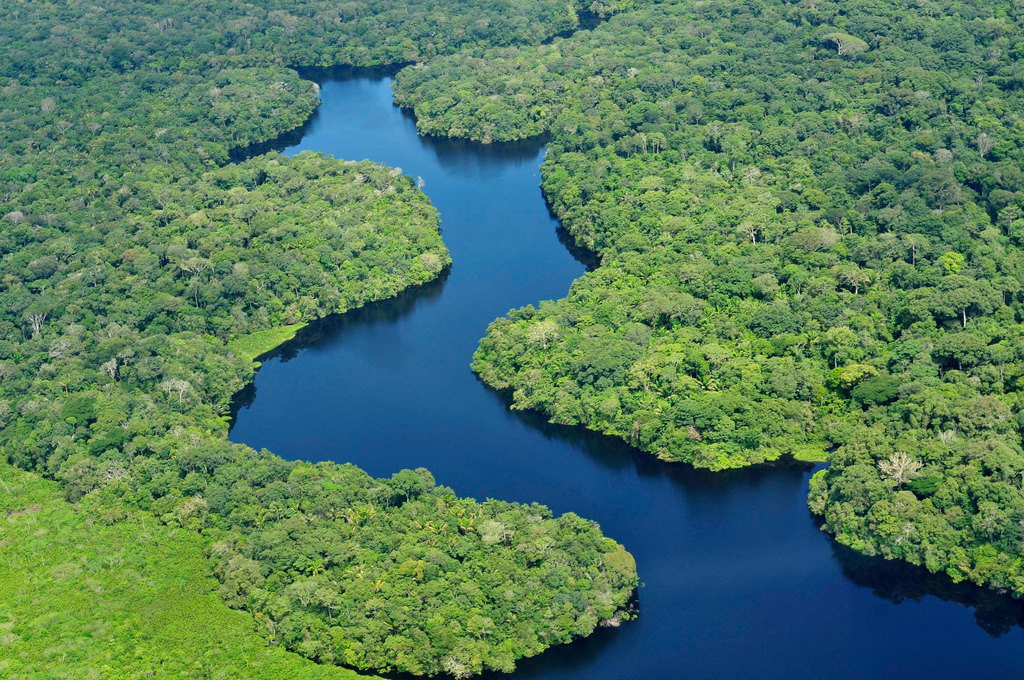
Palm oil companies are ramping up production in Brazil in a bid to meet the world’s insatiable appetite for the oil. Palm oil can be found in processed foods, cosmetics and personal care products.
But this increase in production means more pollution for indigenous groups living in the Amazon rainforest, a massive tropical rainforest covering most of the Amazon basin in South America. More than half of the rainforest is found in Brazil. Many indigenous groups have been living in the rainforest for thousands of years.
There have been numerous reports of land and water pollution in Para, the most populous state in Brazil. More than 90 percent of the country’s palm oil is produced in Para.
To investigate pollution in the area, the nonprofit environmental science and conservation news platform Mongabay looked into allegations challenging the sustainable status of Brazil’s palm oil industry.
The investigation revealed that palm oil production in Brazil has several harmful environmental impacts. These include surface water contamination and pesticide pollution. Both pose health hazards.
The investigation also exposed what appeared to be a brazen disregard for the rights of indigenous people in the Amazon rainforest and the rainforest’s conservation.
Brazil’s palm oil industry is causing pollution
Most of the world’s palm oil comes from Southeast Asia. The palm oil industry there has become notorious for its role in deforestation and environmental degradation. As top producers in the region are forced to operate under stricter regulations, producers in Africa and South America are increasing production.
So far, most of Brazil’s palm oil production has been concentrated in the state of Para. Biopalma da Amazonia, Brazil’s top palm oil producer and exporter, is one of two palm oil companies that are very active in the region.
According to the Mongabay report, indigenous people in Para claim that Biopalma da Amazonia has been dumping wastewater from palm oil production into the Acara River. The river winds through the Amazon rainforest in Para for about 250 miles before spilling out into the Amazon gulf.
The river, which indigenous people rely on for water and fish, is rendered unusable because of the wastewater. There have been reports of people falling sick after swimming in the river. People have tried to cope by digging wells instead for their water source.
Palm oil production in Para has also led to pesticide pollution. Massive palm tree plantations are sprayed overhead with pesticides regularly. The fumes from the pesticides are known to cause immediate adverse health effects, such as the rapid onset of coughing, shortness of breath, nausea and headaches.
“The oil palm only brought a lot of problems,” said Lucio Tembe, a local chief. He said the industry only brought the destruction of rivers, as well as fauna and flora in the region.
“This water isn’t clean. But in the past, we drank it. This river and the forest around it were like a supermarket for the population; it was where we fished, where we hunted,” added Tembe.
A grim future lies ahead for the Brazilian Amazon
Over the past three decades, 15 percent of the Brazilian Amazon has been destroyed. What remains of the rainforest is under constant threat of deforestation as palm oil corporations continue to encroach on indigenous land within the rainforest. Indigenous people have long since tried to protect the rainforest against deforestation and other man-made threats.
The rights of indigenous people living in the Brazilian Amazon are protected under the country’s constitution, as well as international accords Brazil is part of. Brazil’s Constitution establishes that all Brazilians have the right to an ecologically balanced environment.
However, laws in the state of Para typically overshadow these commitments in practice. For example, palm oil producers are required by law to construct buffer zones around their factories to prevent runoffs from contaminating surrounding rivers and lands not used for palm oil production.
That said, some of Biopalma da Amazonia’s mills and plantations that are adjacent to the Acara River were built without buffer zones, according to documents that Mongabay reviewed.
Despite complaints from indigenous groups about the palm oil industry’s harmful impacts, producers have turned a blind eye. Companies like Biopalma da Amazonia have repeatedly denied allegations that their activities in the region are poisoning water sources and creating unfit living conditions for people there.
Unfortunately, things may only get worse. The coronavirus pandemic has brought about many conditions that favor a rise in deforestation. For instance, prices for major commodities that drive deforestation, such as palm oil, soy and timber, have increased since 2021.
Experts fear companies would fell more trees soon to have more land for producing those commodities. (Related: Rebuilding the Amazon forest with chocolate: How cocoa could be the key to making South America green again.)
Read more articles about the environmental impacts of the palm oil and soy industries at Environ.news.
Sources include:
Tagged Under: Amazon rainforest, biodiversity, Brazil, clean water, deforestation, Ecology, environment, palm oil industry, toxic chemicals, wastewater
RECENT NEWS & ARTICLES
COPYRIGHT © 2017 ECOLOGY NEWS




